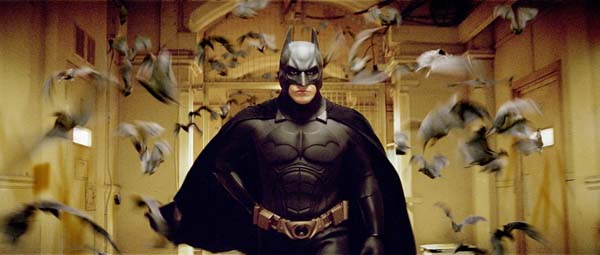Hanging is one of the most popular methods of execution and suicide throughout the ages. It is typically performed by fashioning a noose (most commonly with the eponymous hangman’s knot), placing it around the victim’s (or own) neck. The person then falls from a short height (e.g. dropped from a stand or stepping off a stool), upon which the force of the body pulling down causes the noose to tighten. This can kill a person via two ways. Firstly, if the force of the drop and the knot is strong enough, the sheer force of the noose tightening and the person being suspended by their neck will cause their neck to break. This causes spinal cord injury at the cervical level, where the brainstem lies. When the brainstem is damaged, the person loses control of autonomic processes such as breathing, causing instant death. Secondly, if the neck does not break, the person will be strangulated by the noose. This will kill the person through either choking (from airway obstruction) or brain ischaemia (as the carotid arteries are cut off). Pressure on the carotid artery may also cause something called a carotid reflex, where powerful nervous signals cause the heart to beat so slowly that it stops.
It is said that whether a person dies a quick, clean death via neck fracture or a slow, painful death via strangulation depends on how good the knot is. A hangman’s knot is made up of a loop with a series of coils above it. The more coils there are, the more friction it adds to the knot, making the noose harder to pull closed. A true hangman’s knot is defined as thirteen coils, which provides enough resistance to cause a neck fracture when a person falls. If there are fewer knots than that, the knot will tighten too quickly around the neck and not provide enough resistance to cause a neck fracture. This leads to strangulation, which is far more excruciating and a very inhumane way to die. If there are too many knots, there will be too much resistance and there is a risk of decapitation, leading to a very messy situation.
In forensic medicine, there are certain signs that reveal a victim was hung. For example, the C2 spine (second vertebrae in the neck) will exhibit a hangman’s fracture, where there is fractures on both sides. Fracture of the hyoid bone (a small bone below the chin) is also a classic sign of hanging. There will also be bruises along where the noose was and every sphincter would be open (which leads to immediate voiding of the bowels and bladder at the time of death). If the person died of strangulation rather than neck fracture, they will show signs of asphyxiation, such as blue lips (cyanosis). Another interesting result of hanging is something called a death erection. As the name suggests, it is when a corpse is found with an erection, most likely due to hanging. This is probably caused by the noose crushing the cerebellum, causing a reflex erection. The same phenomenon has been observed in women as well.


